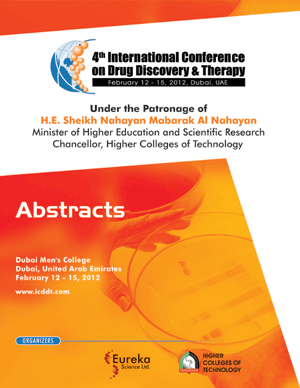Abstract
Alzheimer disease (AD) is most common cause of dementia, which is
characterized by impaired cognitive and behavioural charateristics. Deposition of Aβ
plaques and neurofibrillary tangs (NFTs) are the hallmark of AD. Generally it is a
chronic disease where neurodegeneration, and loss of neuronal function arise earlier
before it is diagnosed. Early detection of AD is important as it reduces the severity of
the disease. In this regard, an effective tools/methods are available including CSF
biomarkers, Magnetic Resonance imaging (MRI), Positron emission tomography (PET)
but all these methods are painful and often cannot be afforded by the patients.
Therapy of AD includes inhibitors of choline esterases, and antagonists at NMDA
receptors. From the studies it is shown that these drugs just offer relief from symptoms
rather than alleviating the progression of disease. Multiple pathological processes
contribute for AD, like oxidative stress, dysregulation of neurotransmitters,
inflammation of neurons, aggregation β-amyloid, phosphorylation of tau protein. It is
essential to target multiple causes for an effective outcome in the treatment of AD.
Early diagnosis is also crucial as it reduces disease progression thereby cost involved in
AD therapy.
This review focuses on non-invasive, patient affordable diagnosis methods and also
potential targets to discover new drugs beyond conventional and available drugs.






















